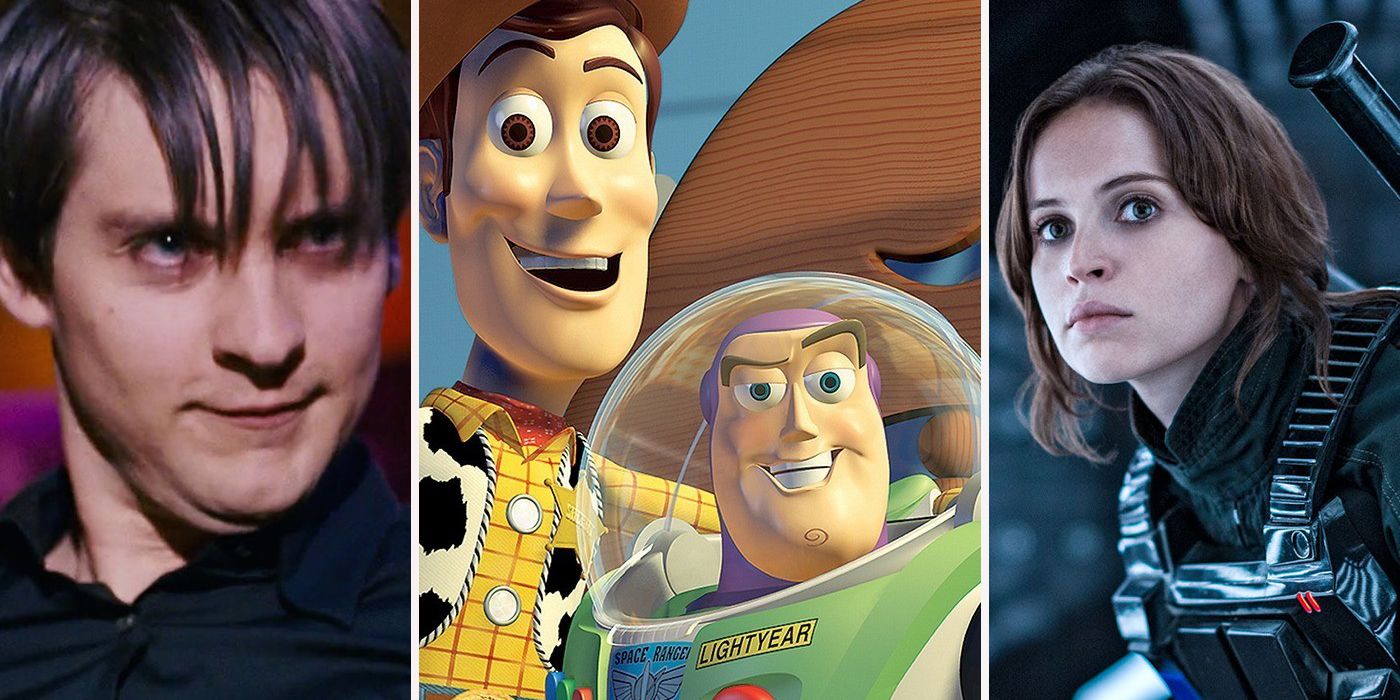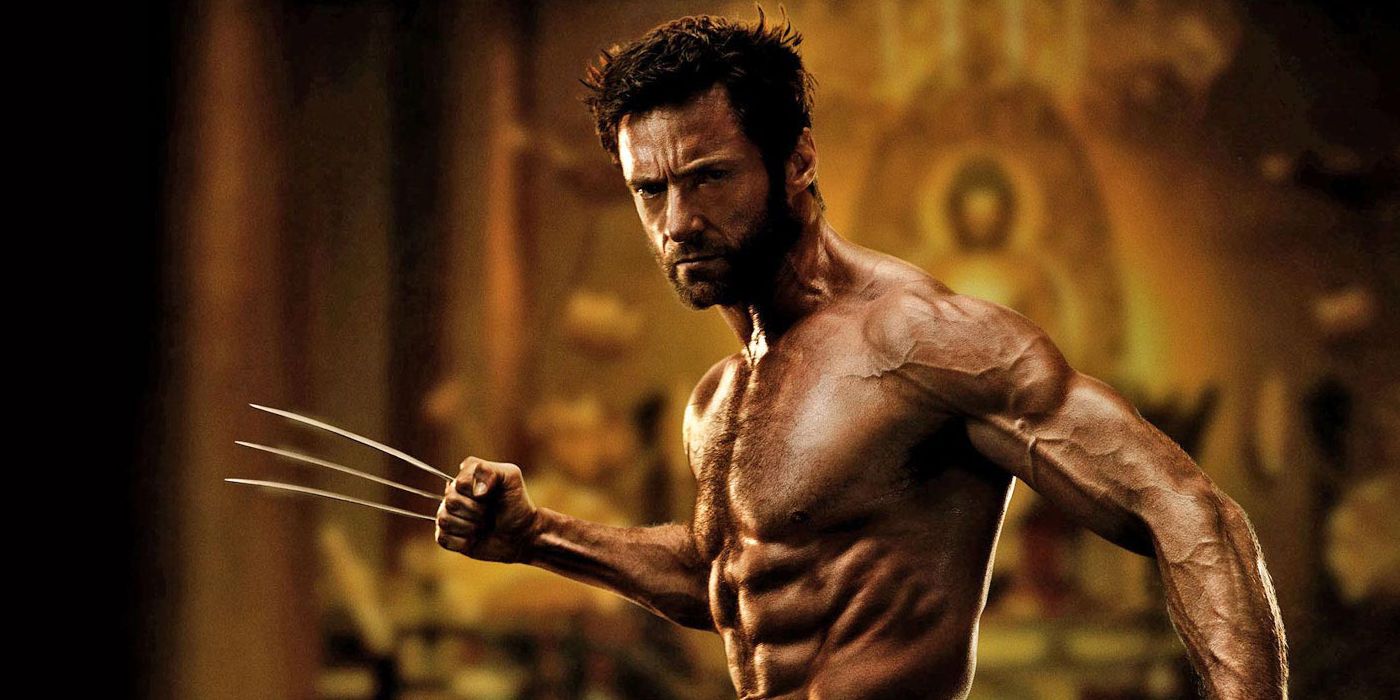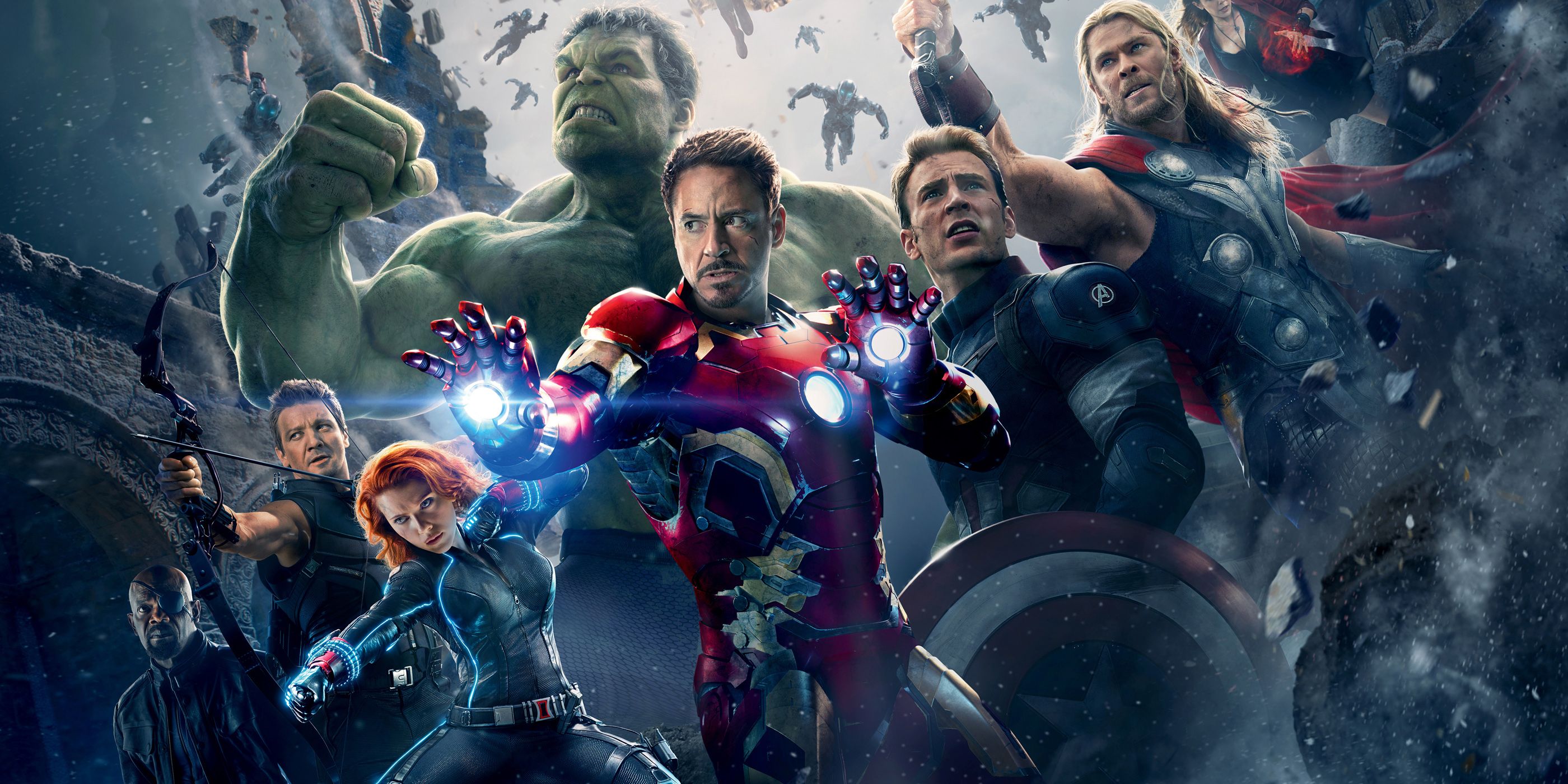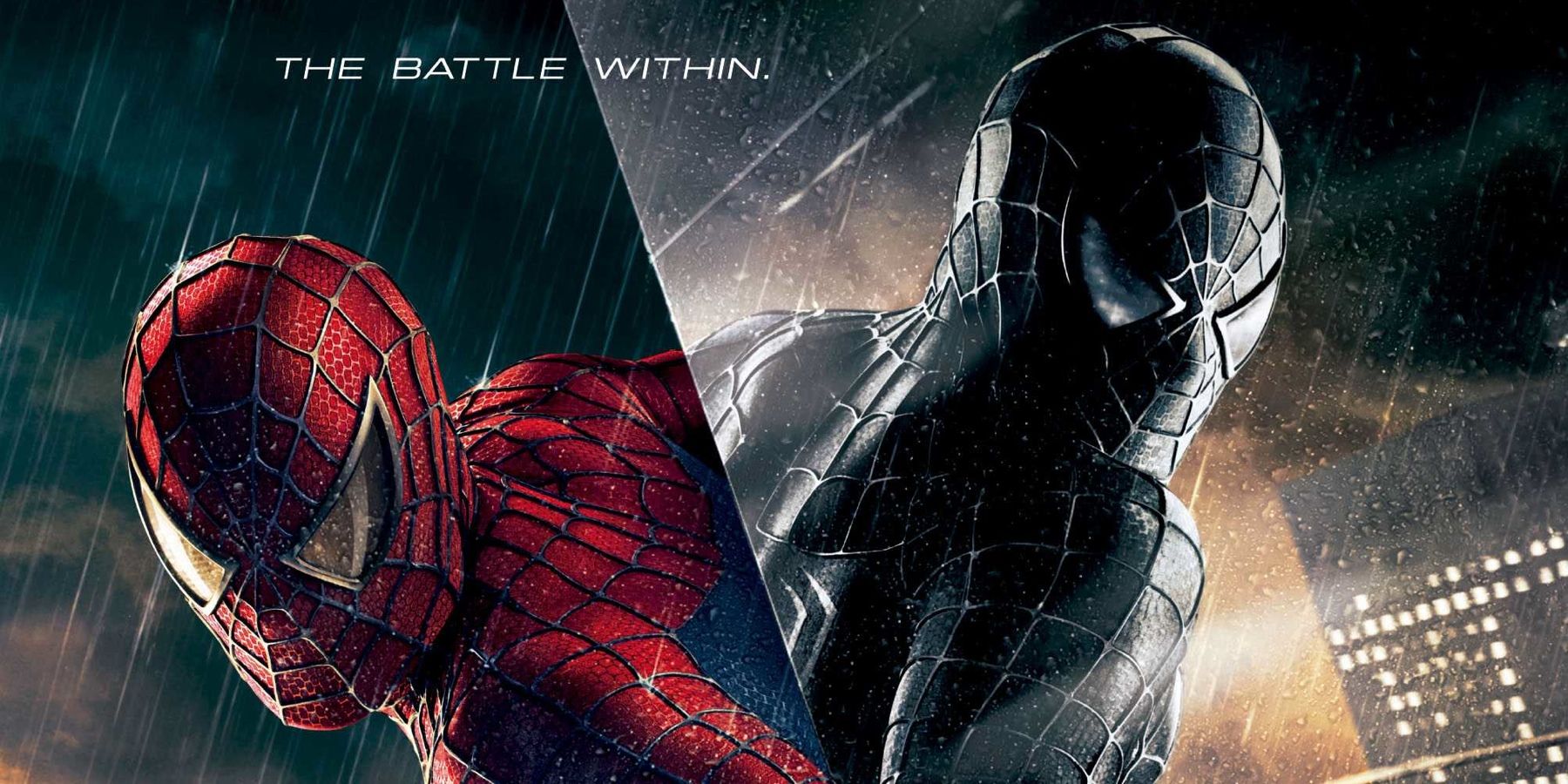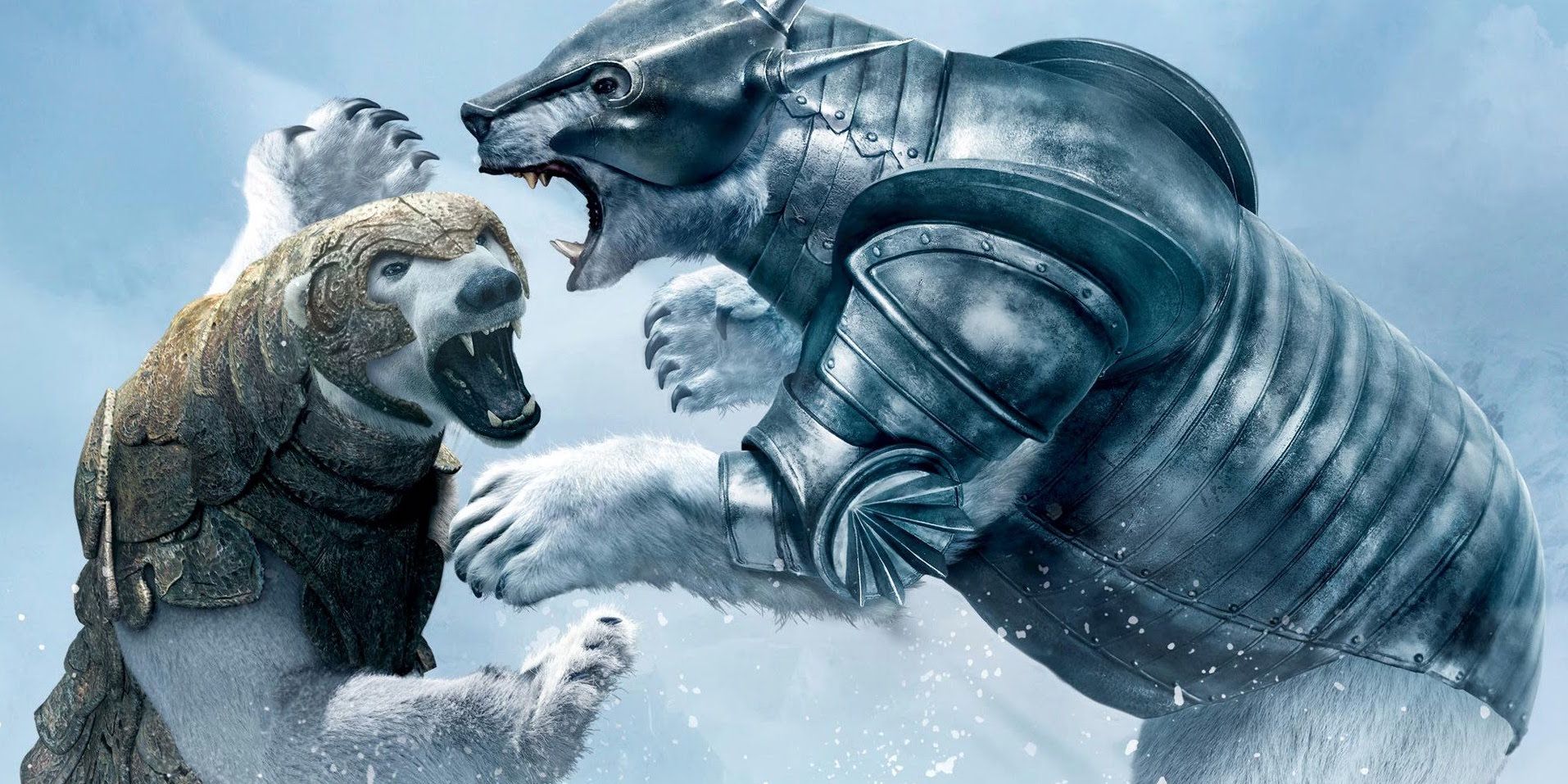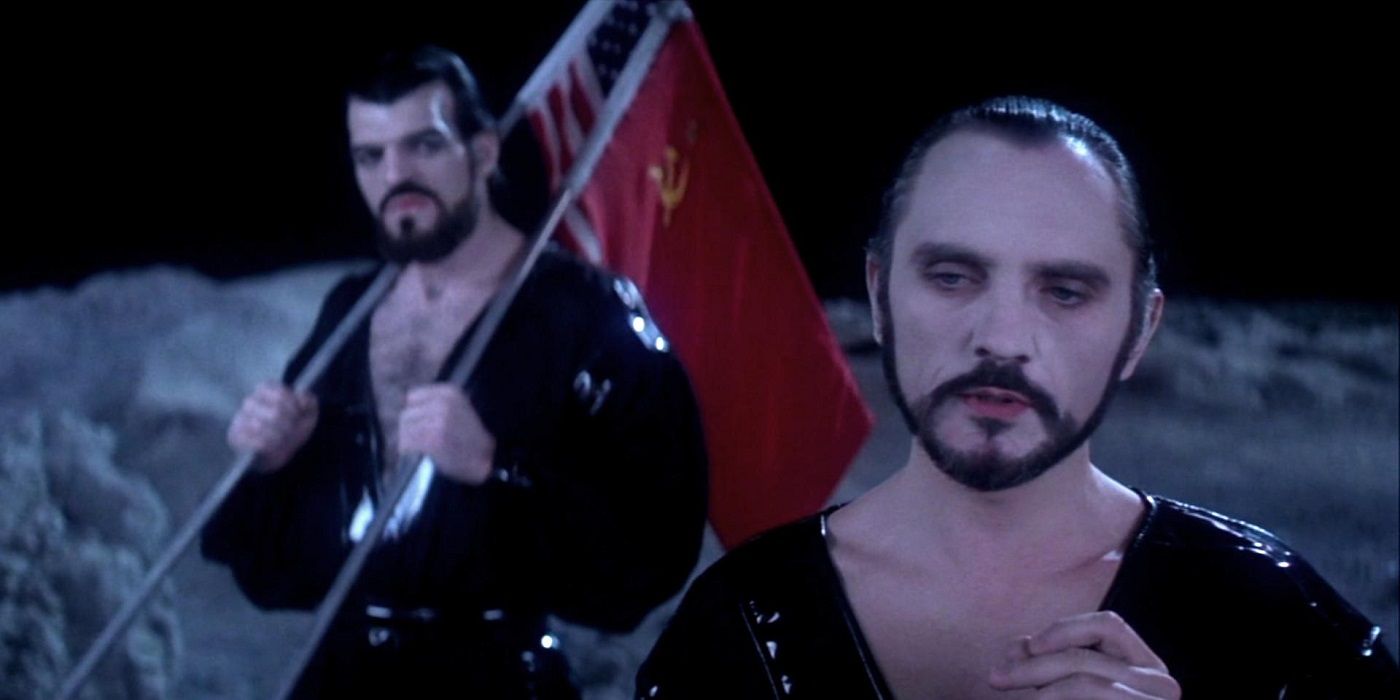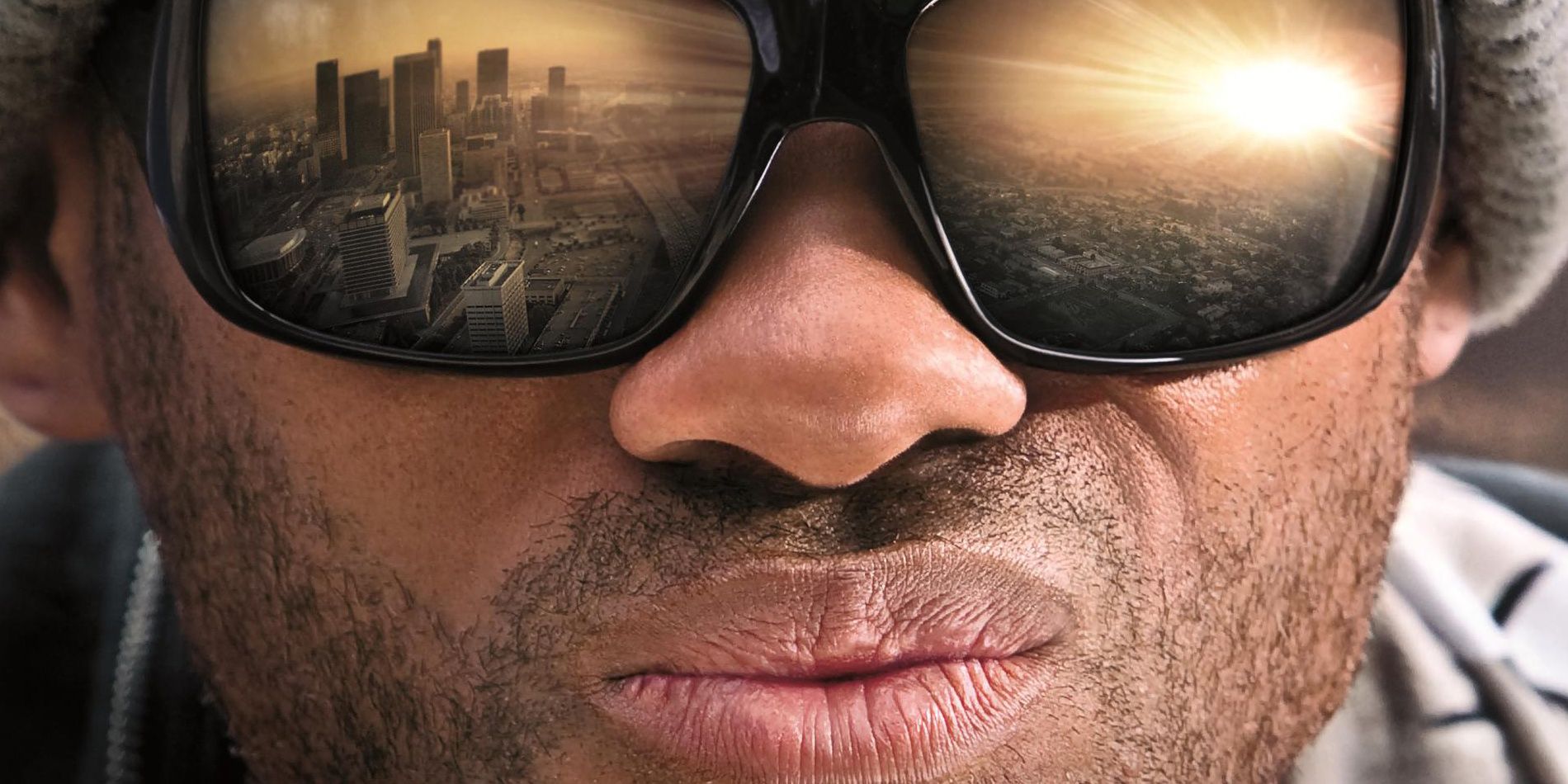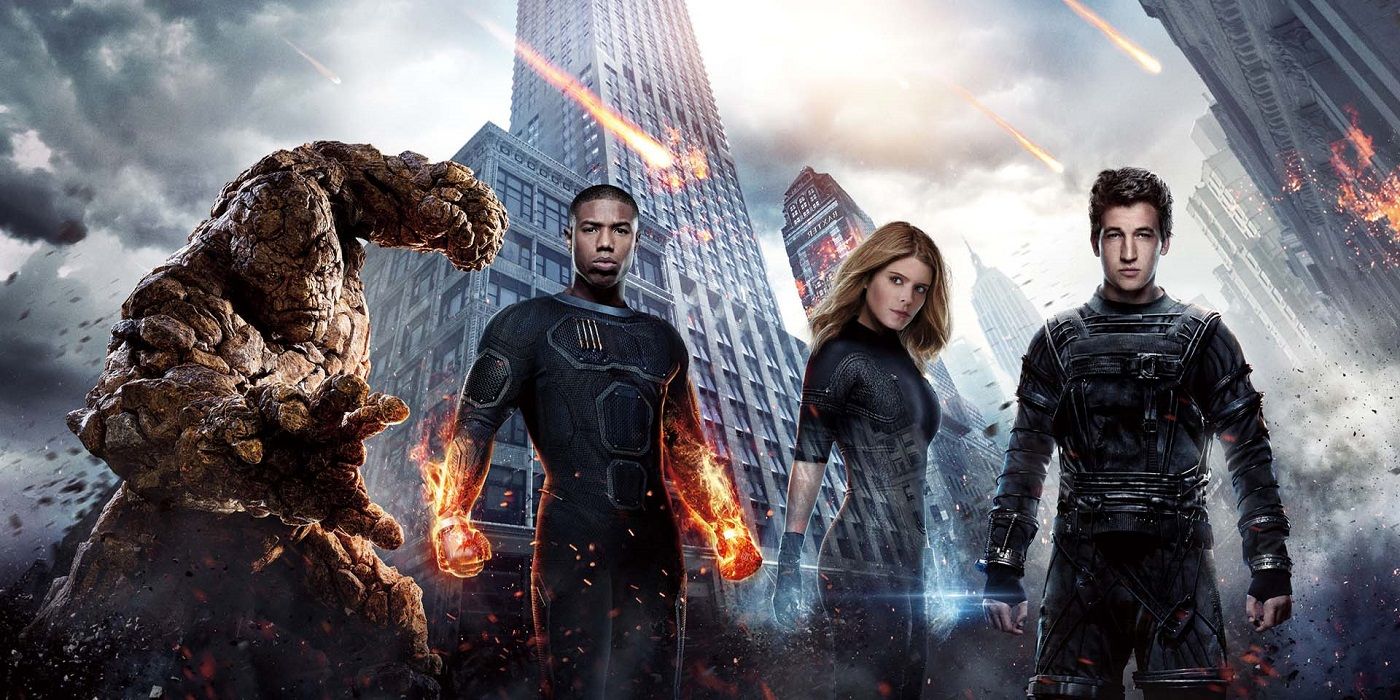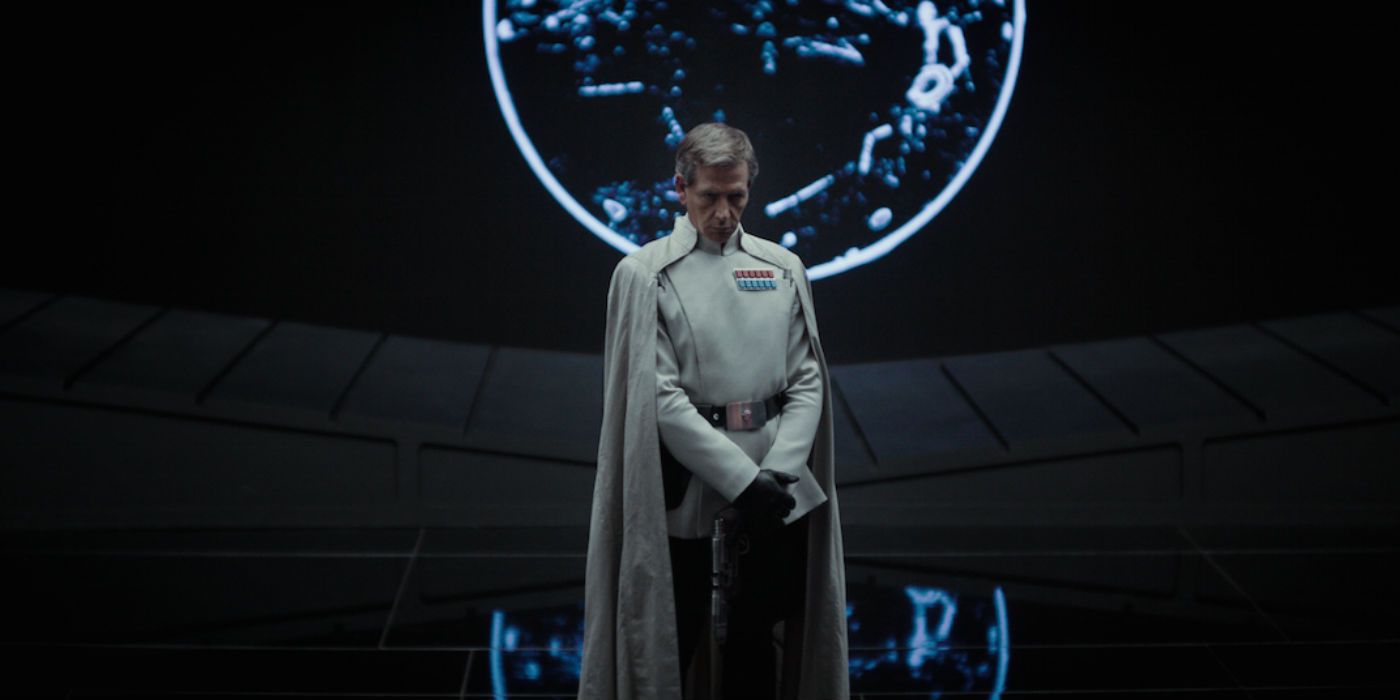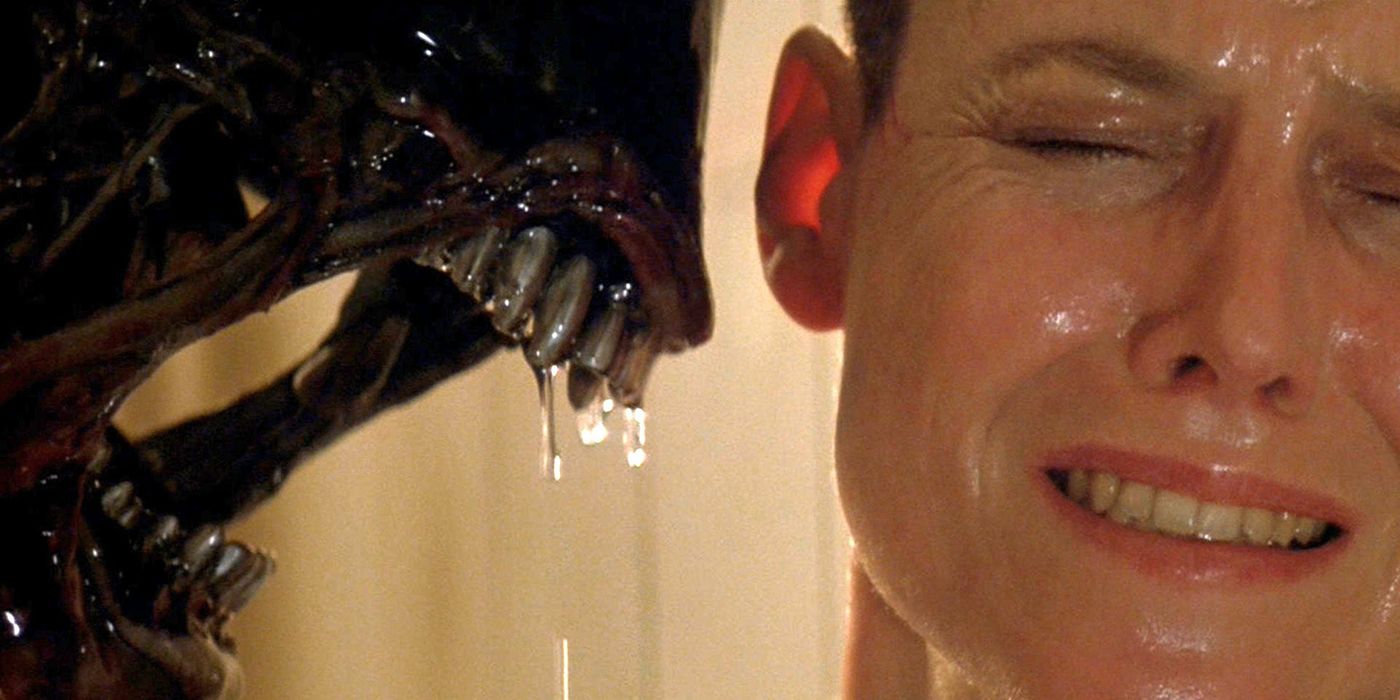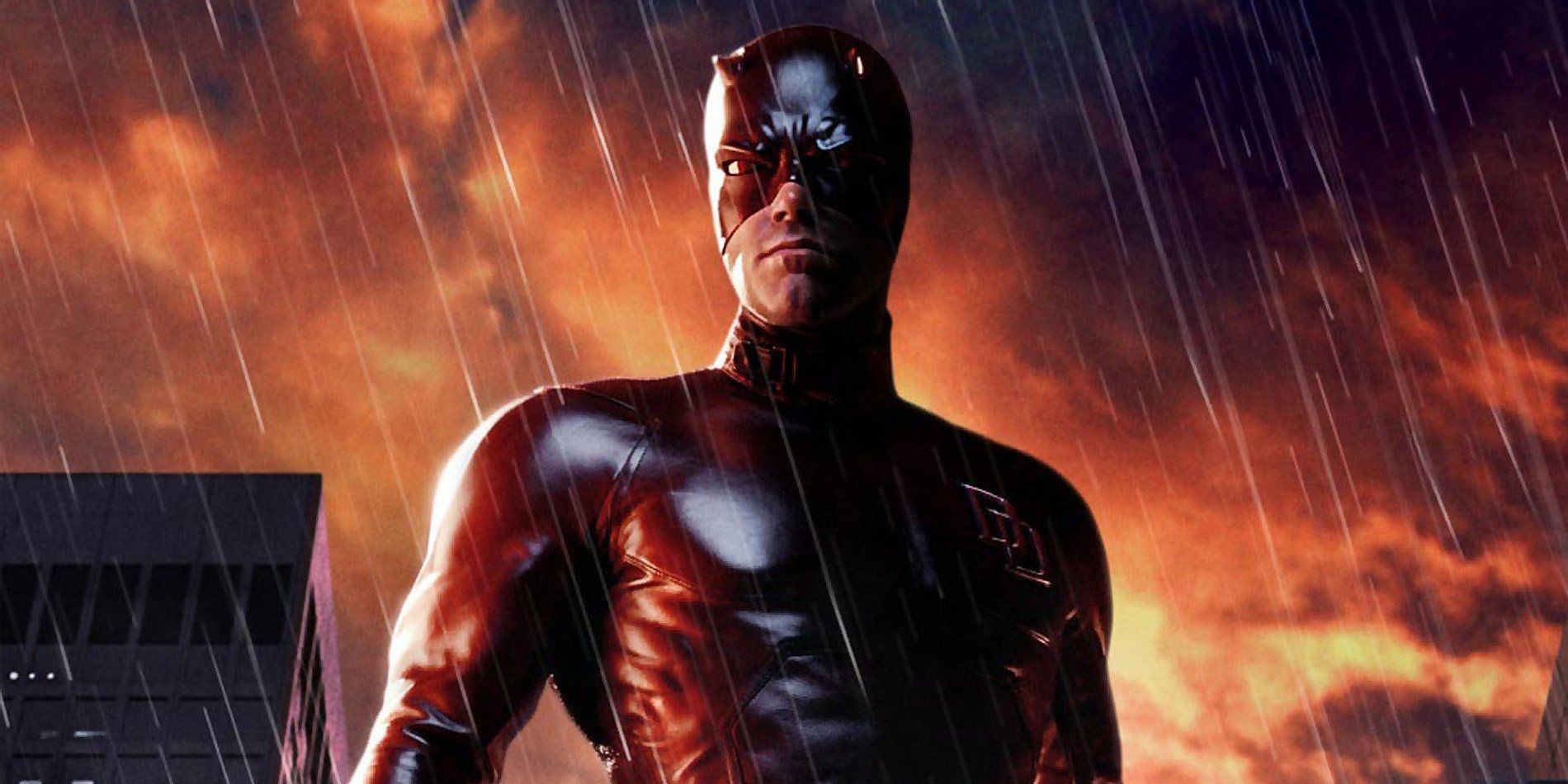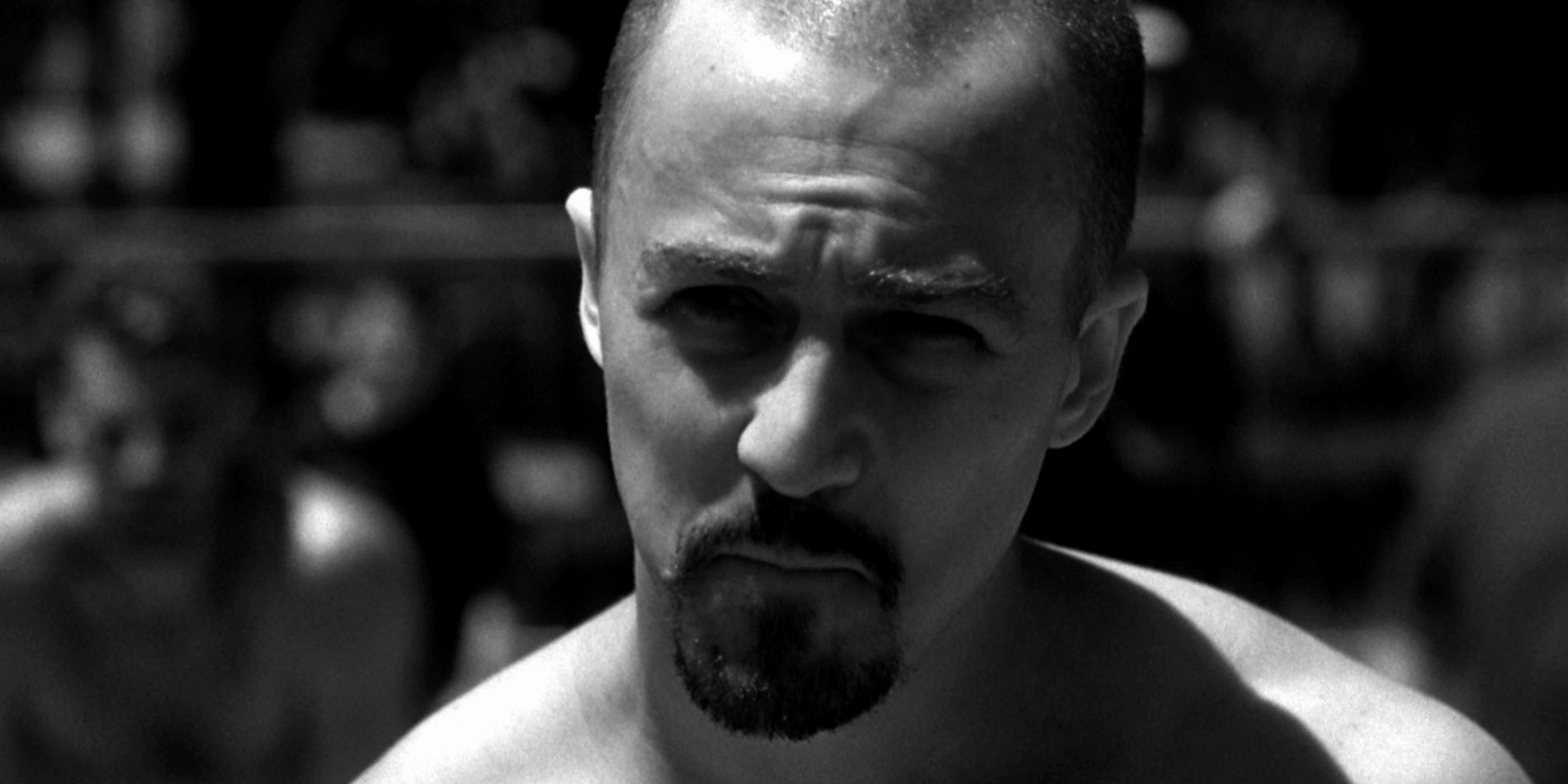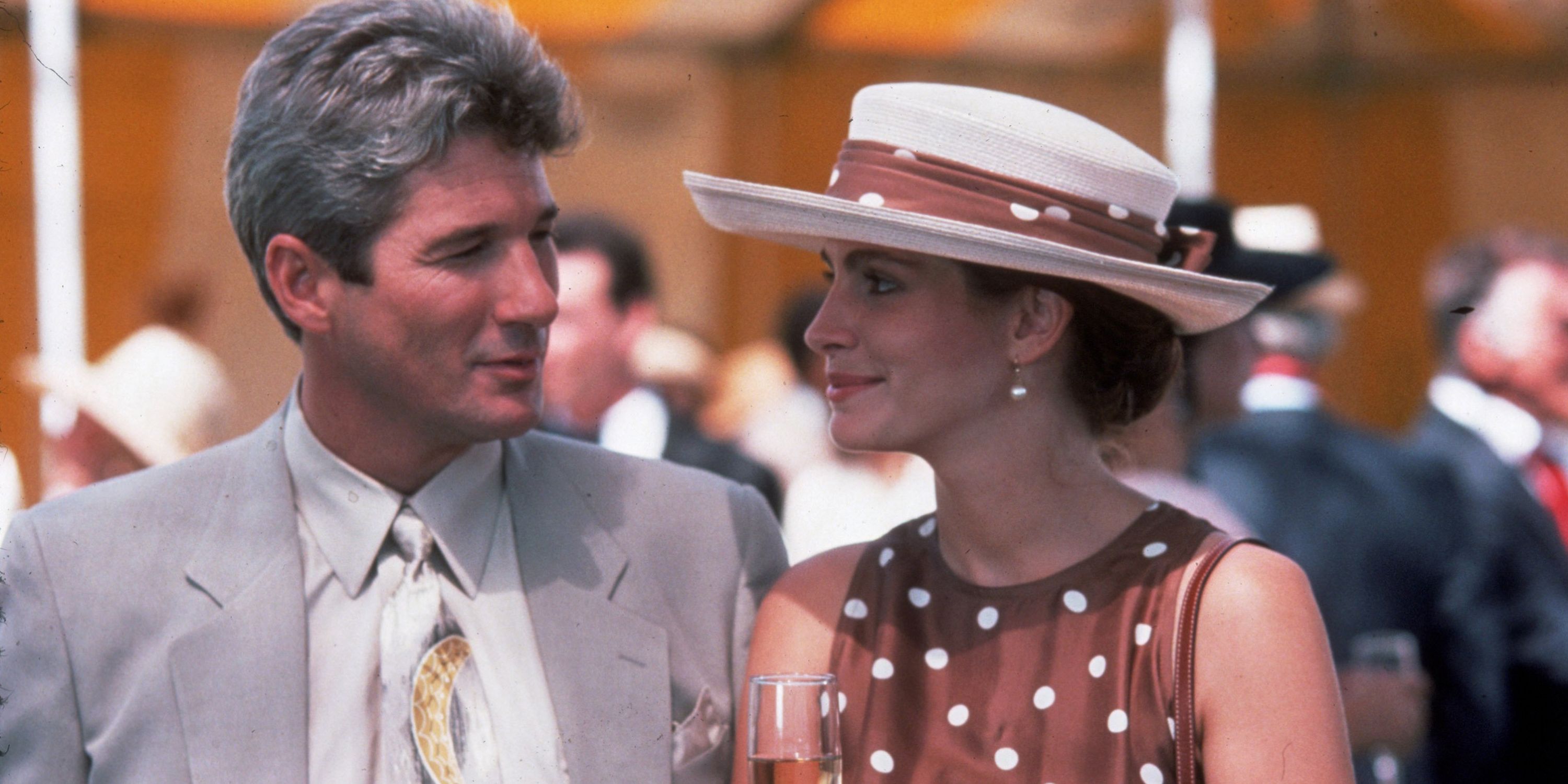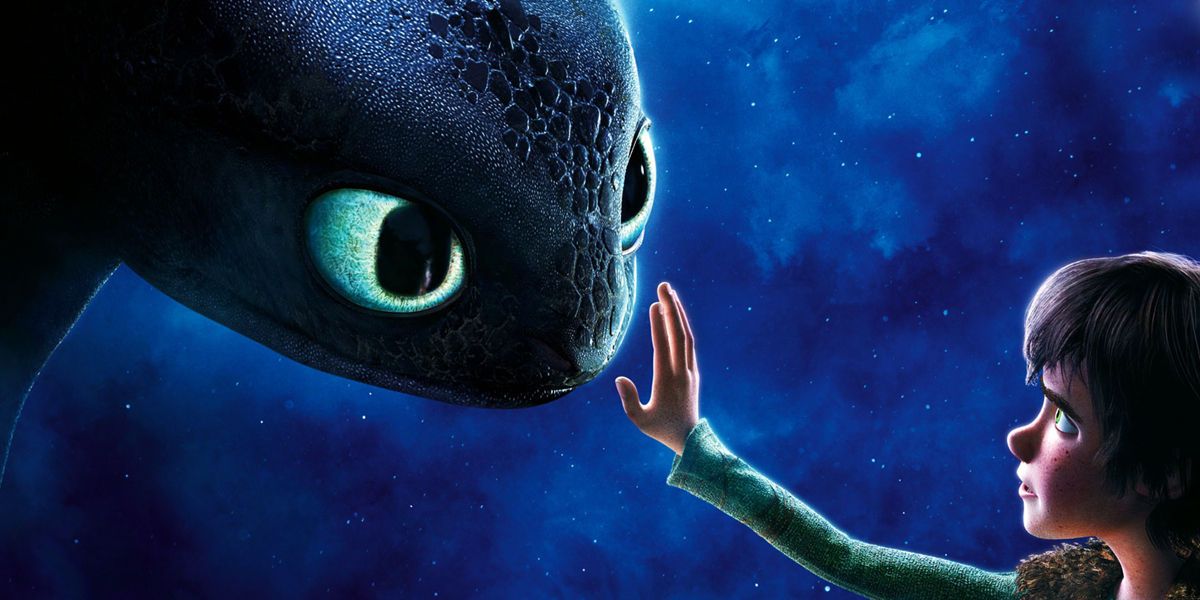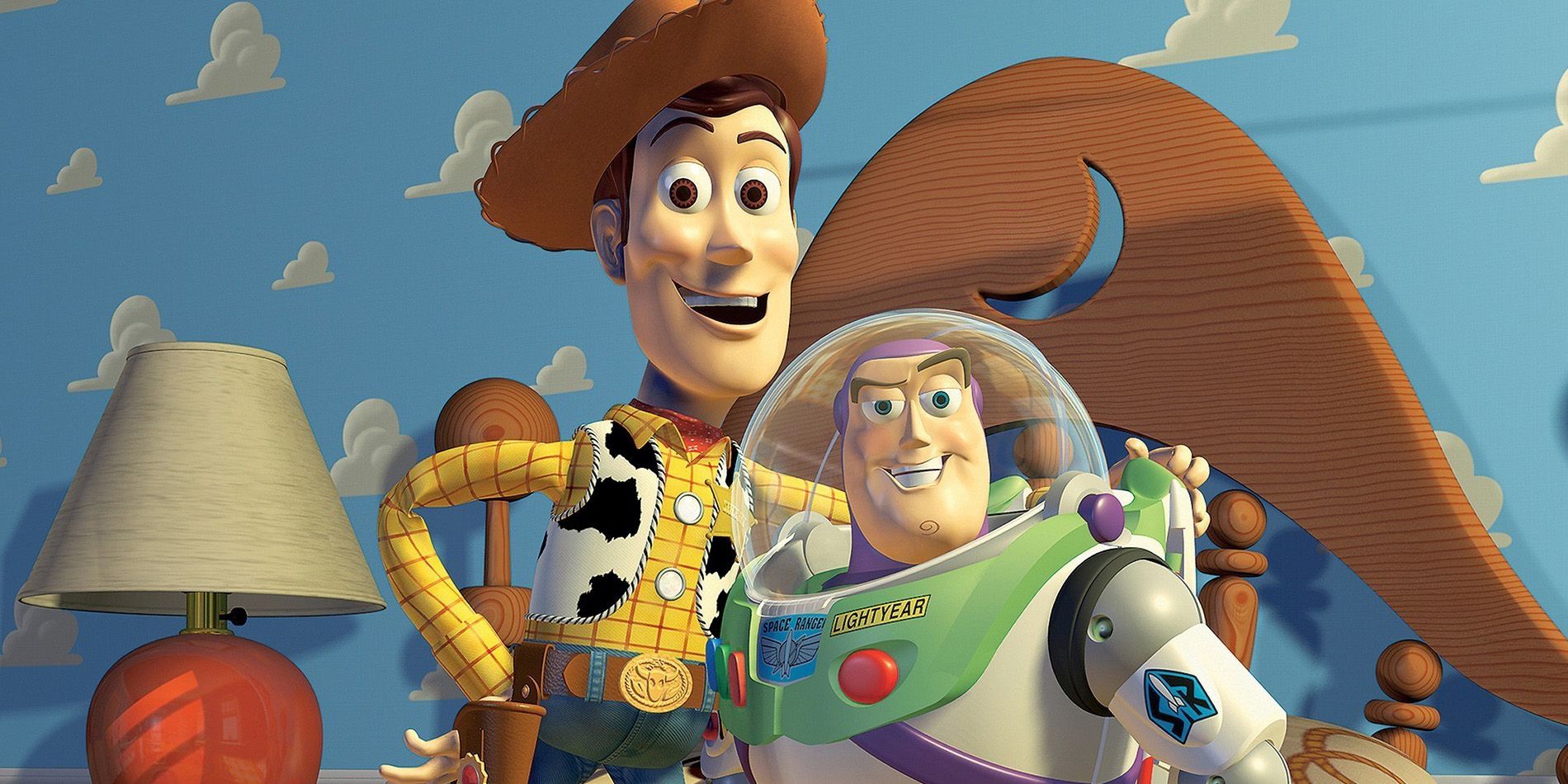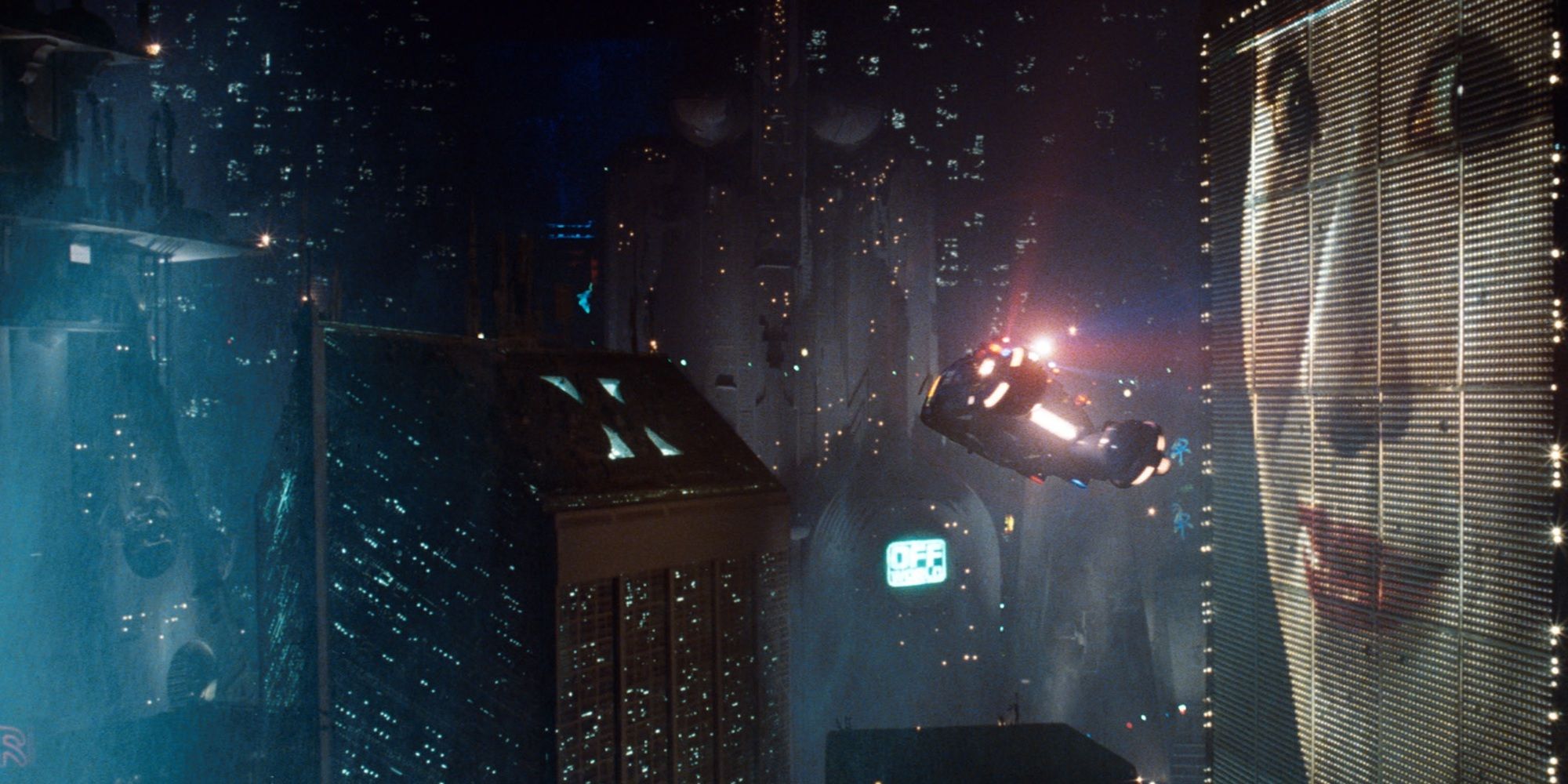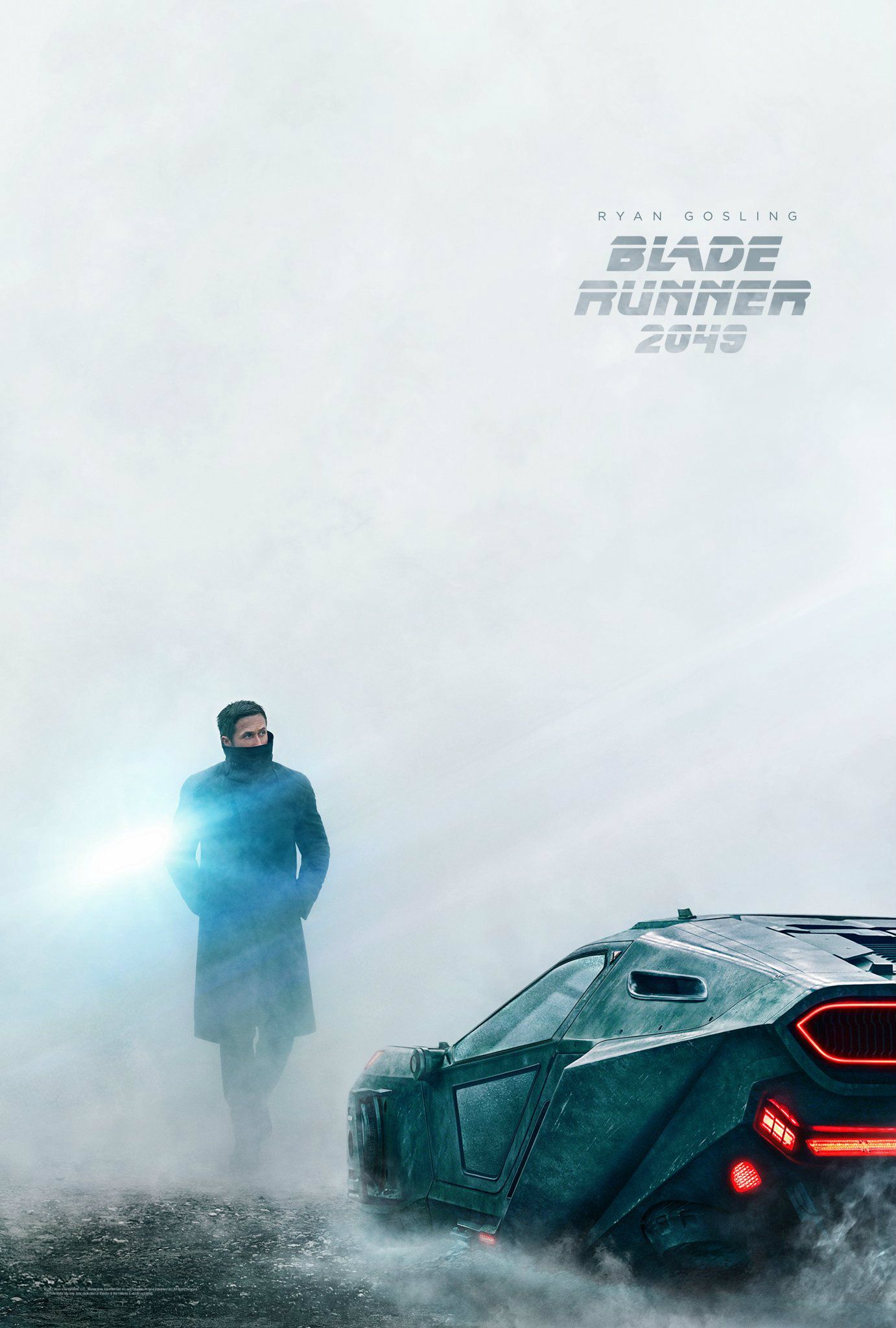While it’s not always bad news when a studio chooses to interfere in a writer or director’s vision for a movie, it is usually at least troubling. Unfortunately, many potentially great films have been ruined due to changes demanded by a studio. While some of them were able to recover through director cuts, most went down in history as expensive and public failures.
On the other hand, there are films that actually needed the extra set of thinking studio heads, and made complete 180-degree turns that salvaged what was otherwise a complete waste of time and money.
In order for a movie to have a chance at succeeding, the most common practice is to change leadership and bring in a new director. Sometimes, however, such rescue comes from unlikely places, like from the input of an actor or from the overwhelming reaction of test audiences.
To the benefit or demise of a movie, studio notes come in all shapes and forms: lightening up dark movies, adding unnecessary characters, infusing CGI where it was uncalled for, and suggesting turns that make films unrecognizable in regards to their source materials.
Take a deep breath and come explore the inner politics and creative decisions behind 15 Movies Totally Changed By The Studio.
15. THE WOLVERINE
Director James Mangold, now celebrated for his achievement in the R-Rated Logan, didn’t have as easy of a time convincing Fox to back an intimate “Japanese noir” film for 2013’s The Wolverine. After the movie received mixed reviews, the director consciously said that “the first two acts [of The Wolverine] were like a Japanese horror film – but the third act was more of a capitulation.”
Mangold credits Fox for such changes in the third act. The studio deliberately transformed The Wolverine into a completely different, CG-heavy, average-looking superhero blockbuster, which attempted to copy the Marvel Studios formula that had worked so well for everything that came out during the first phase of the Marvel Cinematic Universe.
If it feels like The Wolverine is two movies into one, that because, well, it is. James Mangold’s vision for the film just never got its proper ending due to the studio’s interference.
14. AVENGERS: AGE OF ULTRON
Joss Whedon’s “very unpleasant” battle with Marvel Studios during the making of Avengers: Age of Ultron was so widely reported that Marvel Studios has developed an as a heavy meddler in regards to every single one of its properties. Guardians of the Galaxy Vol. 2 director James Gunn has been vocal about his experience with Marvel being different, but the reputation persists.
In order to achieve everything that the studio wanted to accomplish, Joss Whedon’s cut for Avengers: Age of Ultron was originally over three hours long, which clearly didn’t work for Marvel Studios. In his Vanity Fair interview, the director spoke about his insistence on keeping Hawkeye’s farm storyline alive, and that the studio blatantly insisted on a scene where Thor is inside a cave. Upon hearing about Whedon’s dislike of Thor’s cave moment, the studio threatened to kill the farm storyline if the cave scenes weren’t included in the film.
The criticism around Avengers: Age of Ultron alleges that, at Marvel Studios’ request, the movie introduced several different characters to an already packed lineup of heroes, and focused far too much on promoting other MCU properties instead of telling a single cohesive story.
13. SPIDER-MAN 3
Sam Raimi’s 2002 film Spider-Man was a huge success, becoming the first movie to surpass the $100 million mark at the box office on its premiere weekend. Even though Spider-Man 2 also received widely positive reviews and didn’t disappoint at the box office, Sony seemed to be insatiable, and decided to meddle with the script for Spider-Man 3.
Sony’s changes resulted in Spider-Man 3 having three villains: a new Green Goblin, Sandman, and Venom, which made for a very messy and overstuffed plot. The studio seemed very eager to add Venom, a fan favorite, even if his presence did not fit into the story whatsoever. Sony also demanded that Gwen Stacy, a secondary love interest for Peter Parker, be included in the film to create further conflict between the hero and his girlfriend Mary Jane.
Spider-Man 3 was the last superhero film Sam Raimi was ever involved in, and he departed Sony. His next movies were Universal’s 2009 Drag Me To Hell and Disney’s 2013 Oz the Great and Powerful. It seems like Sony did not learn its lesson, however, as The Amazing Spider-Man 2 received pretty much the same criticisms as the third installment of Sam Raimi’s original trilogy.
12. THE GOLDEN COMPASS
Warner Bros. thought it was a great idea for a studio to adapt Philip Pullman’s book series His Dark Materials into a movie franchise… Except for the fact that the first novel, The Golden Compass, was highly anti-religion, somewhat gory, and too long for a film under two hours.
So the book became a child-friendly film with no obvious religious undertones that shortens the book's 300-plus pages into an hour and fifty minutes of running time.
The end result came from several script revisions demanded by the studio to avoid a backlash from religious institutions and to soften up the story in an attempt to capture the film’s target audience: children.
After the movie’s critical and commercial failure, director Chris Weitz (who went on to co-write Disney’s live-action Cinderella and Rogue One: A Star Wars Story) was pretty vocal about his tough relationship with Warner Bros., detailing many of the demands that the studio made in order to set up The Golden Compass as a franchise instead of making a great film first.
11. SUPERMAN II
There was endless controversy attached to 1980’s Superman II, which culminated in the firing of Richard Donner, who had directed the original Superman film in 1978. Richard Lester was then hired by Warner Bros. to helm the sequel, steering Superman into much more humorous territory than Donner’s original take-- to the irritation of many fans. Composer John Williams, actor Gene Hackman, and writer Tom Mankiewicz all refused to work with Lester and left the production along with Donner.
In 2006, as the original Superman films were restored, a Richard Donner version of Lester’s Superman II was released as a DVD titled Superman II: The Richard Donner Cut. It included deleted scenes of Marlon Brando as Jor-El that had long been thought lost.
10. HANCOCK
Like The Golden Compass, 2008’s Hancock, starring Will Smith, was originally something completely different.
The movie’s original script, titled Tonight, He Comes, was written in 1996 by Vincent Ngo. It didn’t materialize into an actual film, however, until Will Smith became attached to the project in 2005 – nearly ten years later. Because of script revisions demanded by Sony and Will Smith’s ongoing commitment to filming I Am Legend, it took three years for Hancock to finally come out in 2008.
Writer Vincent Ngo was a big Superman fan who wanted to turn everything about that character upside down. Essentially, Tonight, He Comes was a script about a fallen hero who was suicidal and an alcoholic. While Hancock didn’t portray a noble superhero, he was also far from the troubled hero that was initially conceived, because director Peter Berg and Sony decided that it was better for the movie to lighten things up.
9. FANTASTIC FOUR (2015)
The long-awaited Fox reboot of Marvel’s First Family came in 2015’s Fantastic Four. Its director, Josh Trank, had just blown everyone’s minds with 2012’s Chronicle. The movie starred Miles Teller (fresh off 2014’s Whiplash), Michael B. Jordan (whose brilliance was revealed in 2013’s Fruitvale Station), Kate Mara (of 127 Hours fame) and Jamie Bell (the protagonist of Steven Spielberg’s The Adventures of Tintin). Nothing could possibly go wrong.
Except, everything did. Josh Trank’s vision clashed publicly and ferociously with Fox’s. An endless blame game began in which the director and the studio both denied that the film’s final version was the one they felt comfortable with. Members of the crew claimed that Josh Trank was completely withdrawn from everyone during the movie’s production, and that he didn’t produce enough good material to potentially save Fantastic Four.
In the end, another opportunity to do justice to these beloved characters was ruined.
8. ROGUE ONE: A STAR WARS STORY
Not all studio interferences are necessarily bad or a matter of subjective opinions. In the case of Rogue One: A Star Wars Story, all parties involved seemed to agree that the film needed some help to deliver a proper ending.
According to several reports, Disney and Lucasfilm did not feel completely satisfied with Rogue One, and decided to re-conceptualize many of the plot points and shoot an entirely new ending. Tony Gilroy, known for the Bourne films, was brought in to help Rogue One’s director Gareth Edwards and save the very first spin-off of the Star Wars franchise.
The most iconic scene of the film’s trailer, in which a hopeful Jyn Erso looks past the camera in a dark hallway, ended up being cut and replaced with a similar shot that was captured during the infamous reshoots.
7. ALIEN 3
Looking back at David Fincher’s career, it is baffling to remember that Alien 3 was his directorial debut. Though, to be fair, not even Fincher could’ve saved such a doomed film.
Following Ridley Scott’s Alien and James Cameron’s sequel Aliens, both critical and commercial hits, Fox was looking forward to and investing heavily in the third installment. However, it is fair to say that the movie had no particular creative reason to exist, as Ellen Ripley’s story had come to a logical conclusion in the second movie.
According to reports, $7 million of the budget was spent before Alien 3 even had a complete script. After a long and costly time in pre-production, the studio decided to fire director Vincent Ward and bring in David Fincher, who had never directed a movie before. Scared of swelling the budget even more and leaving such a potentially lucrative film in the hands of a newbie, Fox managed David Fincher and produced the movie the studio wanted, resulting in the ultimate demise of the Alien franchise as we knew it.
6. DAREDEVIL (2003)
Like the current Netflix show, 2003’s Daredevil was meant to be darker, grittier, and more realistic… But it just so happens that Sam Raimi’s Spider-Man came out in 2002 and became an instant worldwide sensation, provoking FOX to transform Daredevil into something that resembled that blockbuster movie.
Superhero movies weren’t giant enterprises back in 2003, and FOX made the honest mistake of assuming that one superhero’s story could resemble another. It didn’t work out, evidently. The humor and the CGI fit Spider-Man in a way that just felt off-putting in Daredevil. A movie about the Devil of Hell’s Kitchen had to be adult, serious, and less flashy – ie: the way it was originally conceived. The studio got greedy, unfortunately, and changed things to mimic the effects and tone of the web-slinging teenager’s highly successful film.
5. AMERICAN HISTORY X
The story goes that Tony Kaye’s first version of American History X was a complete mess. New Line, the studio, sent the director a few notes, which prompted him to turn in a severely shorter version of the film, which also got rejected.
The final version, the one that got released in theaters, was allegedly worked out by the studio in conjunction with Edward Norton (yes, the actor!), who played the film’s protagonist, Derek Vinyard.
In a lengthy open letter published in The Guardian in 2002, director Tony Kaye opened up about the “eccentric” reputation he developed from his work in American History X, writing that the first showing of the film’s original version actually went great, but that New Line and Edward Norton insisted on giving him endless unfriendly notes about his take.
4. PRETTY WOMAN
Disney’s Pretty Woman is such a classic romantic comedy that most have forgotten about the film’s original concept.
This modern-day fairy tale was originally called 3,000, and it was a pretty dark script about the experience of a lavish lifestyle among people who weren’t used to it. The movie was supposed to come on the heels of Wall Street, which had just come out in 1987. While the story beats of Pretty Woman resemble the original script, written by J. F. Lawton, the film ultimately became an upbeat, inspirational, and romantic enterprise that solidified the careers of Richard Gere and Julia Roberts.
No one can really say that Disney’s insistence to lighten up Pretty Woman was wrong, however, as the movie is currently close to grossing $500 million worldwide according to Box Office Mojo.
3. HOW TO TRAIN YOUR DRAGON
Not every film should follow its source material so close to heart. In the case of DreamWorks Animation’s 2010 hit How To Train Your Dragon, the movie just wasn’t working when Bonnie Arnold was at the helm of the book series’ adaptation.
DreamWorks felt passionate about the project but acknowledged that the adaptation just wasn’t clicking, so the studio brought in the team of writers-directors behind Lilo & Stitch – Chris Sanders and Dean DeBlois – to take over the film.
Sanders and DeBlois made the dragon Toothless bigger and changed his category from Common Dragon to Night Fury. The new directors also did extensive research in regards to animating flying and fire, both essential elements to a story about a dragon, in the hopes that the animated feature could have a live-action texture to it.
2. TOY STORY
Just about everyone knows that Disney/Pixar’s Toy Story was a technological feat, but little is known about the substantial changes its script had to go through.
Toy Story was initially based on the short animated film Tin Toy, but it was perceived by Disney as way too childish to work on a feature film scale, even for a kids’ movie. Disney still didn’t own Pixar at that point, but the contract between the two studios stipulated that Disney had total creative control over the production. So Pixar tried to make it edgier, but it ended up taking it too far, to the point where the protagonists Woody and Buzz became awful, sarcastic, and dislikable characters.
Disney gave Pixar’s John Lasseter one more chance to find the sweet spot between Toy Story’s friendliness and edge, and finally the Oscar-winning classic animated movie we know and love came to fruition.
1. BLADE RUNNER
Blade Runner was almost completely ruined by studio interference, creating the infamous conundrum of the film having several versions.
First there was the original work-print cut, championed by Warner Bros., which was shown to test audiences and received abysmally negative feedback. Then, without Ridley Scott’s approval, Warner showed the director’s cut to other test audiences, who reacted very well to the film.The Blade Runner that came out in the summer of 1982 was pretty much the same movie as the director’s cut, with minor differences. The studio had to ultimately own up to the fact that it should’ve trusted Ridley Scott’s vision in the first place.
With Blade Runner 2049 coming up, it’s probably good news that Ridley Scott is at least credited as an executive producer.
---
Which of these movies would you most like to see in their original form? Which do you think were improved by studio interference? Let us know in the comments!

